Slimy Waxcap
The sliminess of this Waxcap makes it both easy to identify but very hard to handle as it is slippery. Due to it being covered in slime it in considered inedible.
| Mushroom Type | |
| Common Names | Slimy Waxcap (EN), Cap Cwyr Llysnafeddog (CY), Wilgotniczka Szara (PL), Szürke Nedűgomba (HU) |
| Scientific Name | Hygrocybe / Gliophorus irrigatus |
| Synonyms | Hygrocybe irrigata, Hygrocybe unguinosa, Hygrophorus irrigatus, Gliophorus unquinosus |
| Season Start | Jul |
| Season End | Dec |
| Average Mushroom height (CM) | 3-10 |
| Average Cap width (CM) | 1-5 |
Cap
1-5 cm. Covered in slime and grey to grey/brown, can sometimes be quite pale. Starting conical but partly flattening out.
Gills
The gills are widely spaced and notched before running slightly down the stem (decurrent). There are transverse ‘gills’ running between the main gills.
Possible Confusion
Yellow Foot Waxcap (Cuphophylus flavipes), pictured, is very similar but not as slimy, the cap is not as evenly coloured and it has a yellow base of the stem.
Spore Print
White. Ellipsoid to oval.
Frequency
Common.
Other Facts
Waxcaps don’t like to be disturbed or sprayed so will be found where fields and woodland have been left alone.
It is now thought that waxcaps grow in association with mosses, before it was thought that waxcaps were saprophytic living or decaying organic matter.



 (17 votes, average: 3.88 out of 5)
(17 votes, average: 3.88 out of 5)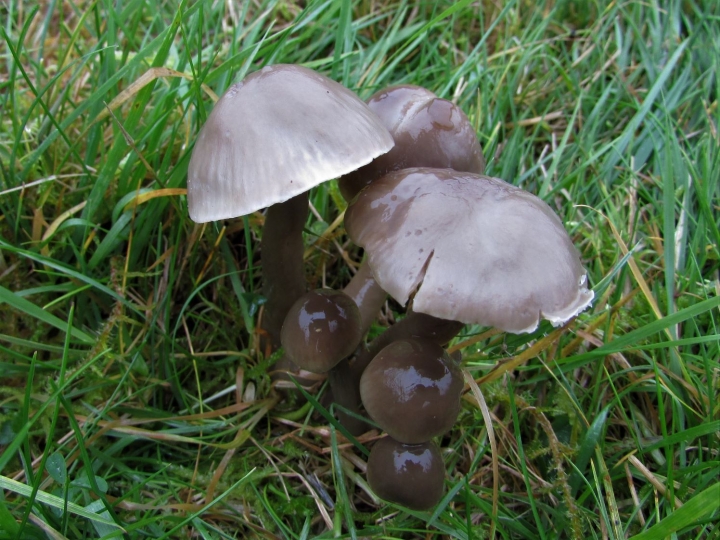
















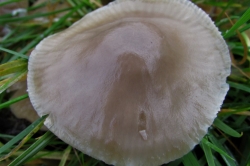
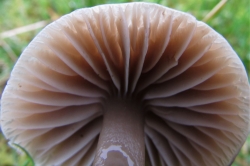
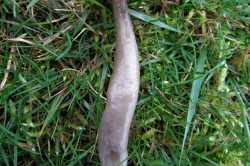
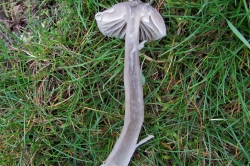
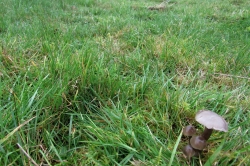
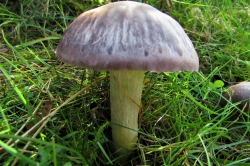



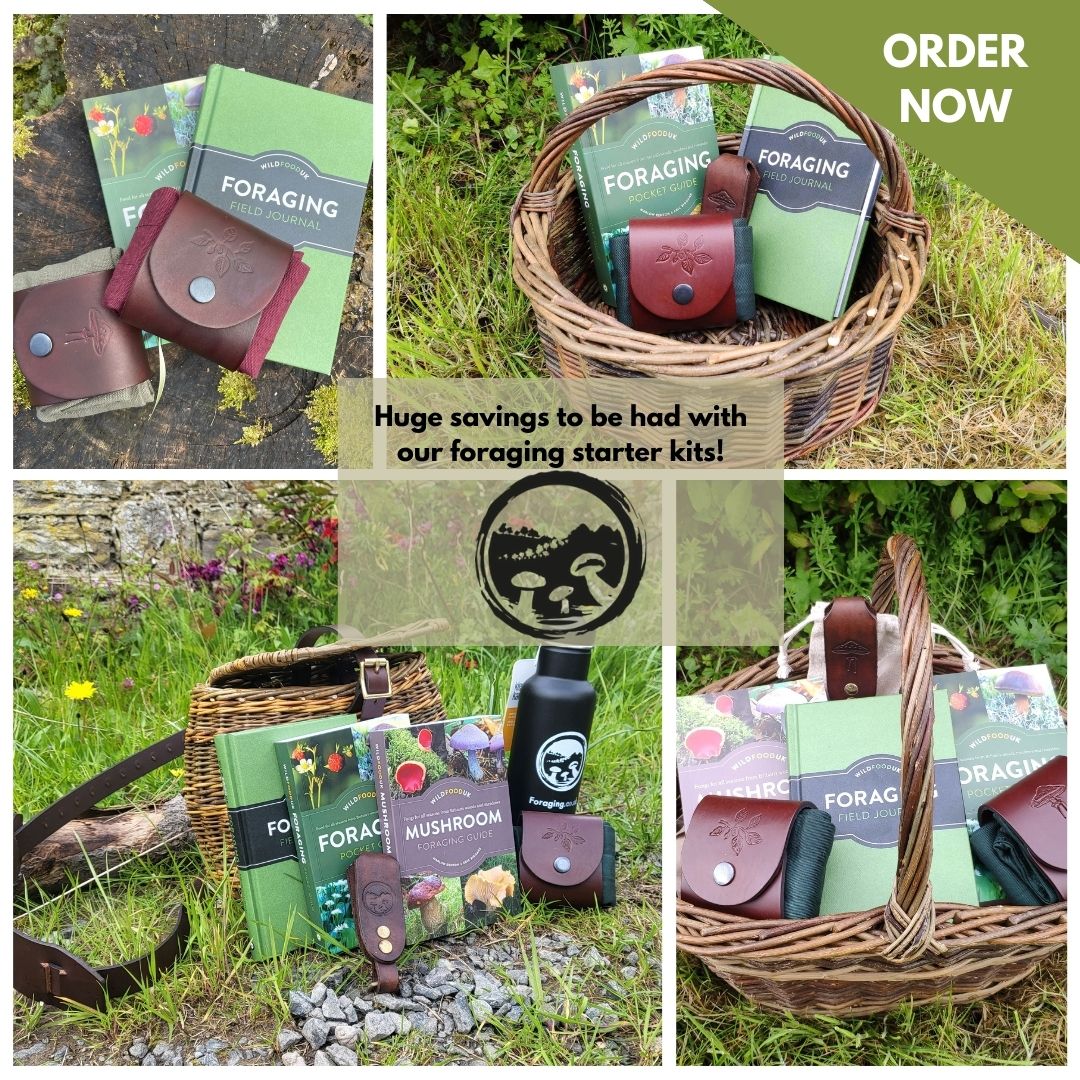

2 comments for Slimy Waxcap
I found spots with 5 to 9 mushrooms spread out per area and they match the slimy waxcap mushroom. I’m not sure if they actually are what I think they are. They are tiny and caramel brown. about 3 to 5 centimeters at most and you can see the ridges through the skin of the mushroom, as well as the base of the stem. they are all open and are round until the stem where it is flat. I would also like to know if these are edible.
We can never do an ID by description, it’s too dangerous. If you can get clear, close up photos of the cap, stem, gills and what they are growing with, we’ll try to ID them for you. You can send them to [email protected]